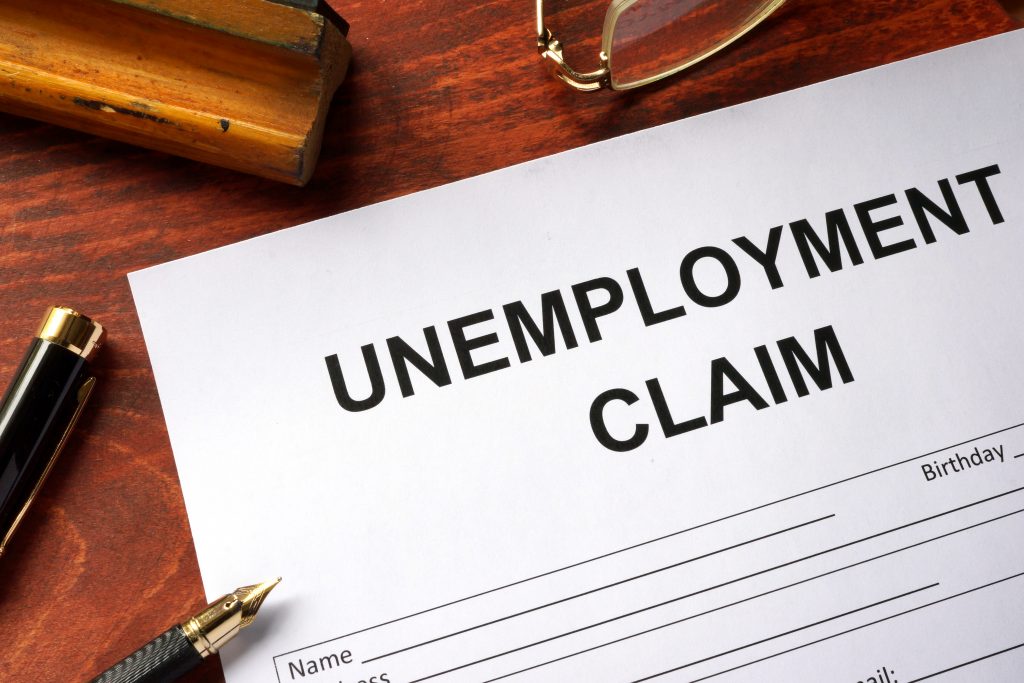Since the start of the pandemic outbreak in the United States, more than 30 million people have filed for unemployment benefits. The U.S. Bureau of Labor Statistics tracks unemployment as an indicator for economic distress or growth in the United States. Unemployment numbers have been recorded since the 1950s.
But how does unemployment compensation work?
Unemployment insurance is a joint federal and state government program that provides those who are temporarily unemployed with financial assistance. Americans who do not have a job, but have been actively looking and are currently available to work are eligible to apply.
The federal government sets the general guidelines for unemployment insurance, but each state can determine the specifics of coverage. These state-based decisions include the amount of money each person receives, what the requirements are needed to qualify funds, and more.
Unemployment benefits are only possible because of tax payments made by employers. Businesses have to pay a federal unemployment tax (FUTA) for each employee. The FUTA rate is 6.0 percent of the first $7,000 of each employee’s wages for the year. Some employers choose to participate in state unemployment programs which means their FUTA rate drops to 0.6 percent or $42 per employee. The state unemployment rate varies by state.
During times of increased unemployment where more funds are needed–like the crisis we are in now–the The Federal Reserve can give the Treasury money through a grant. Then, Congress allocates the money to government run programs like unemployment. Businesses do not have to pay more in FUTA or state based tax for unemployment insurance.
In many states, unemployment insurance is provided for 26 weeks. During the pandemic, the government has agreed to extend all unemployment benefits for an additional 13 weeks.



